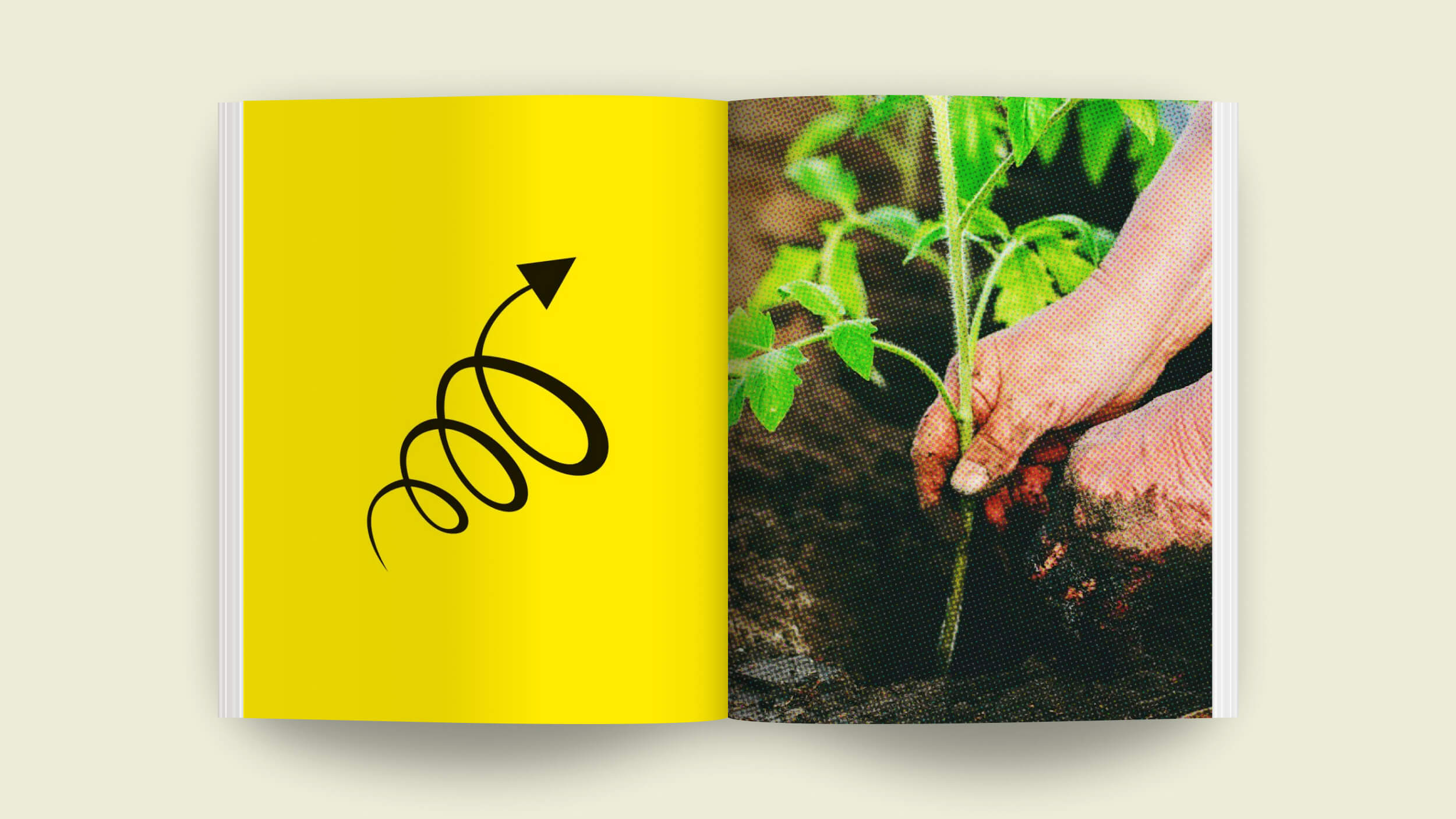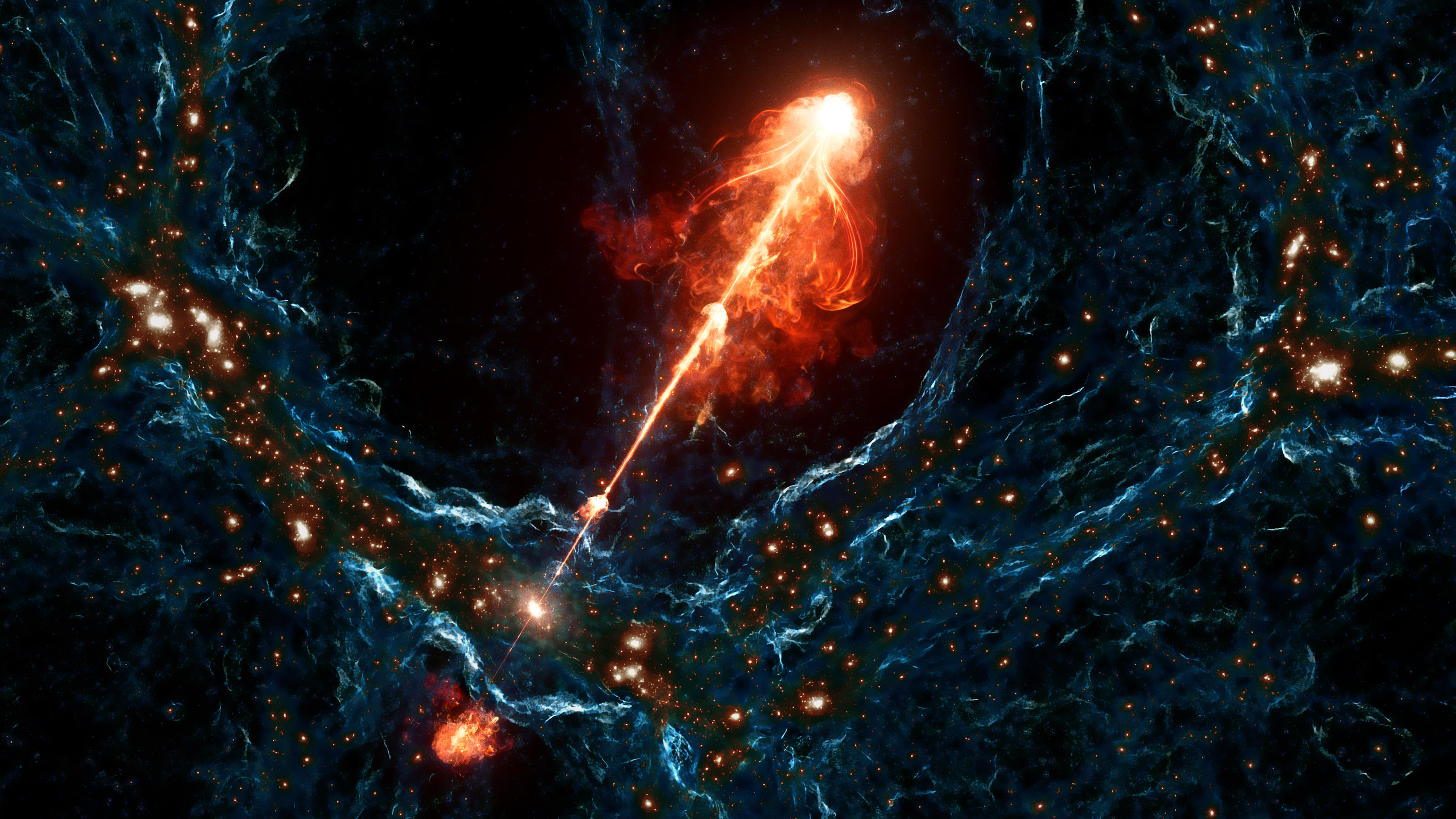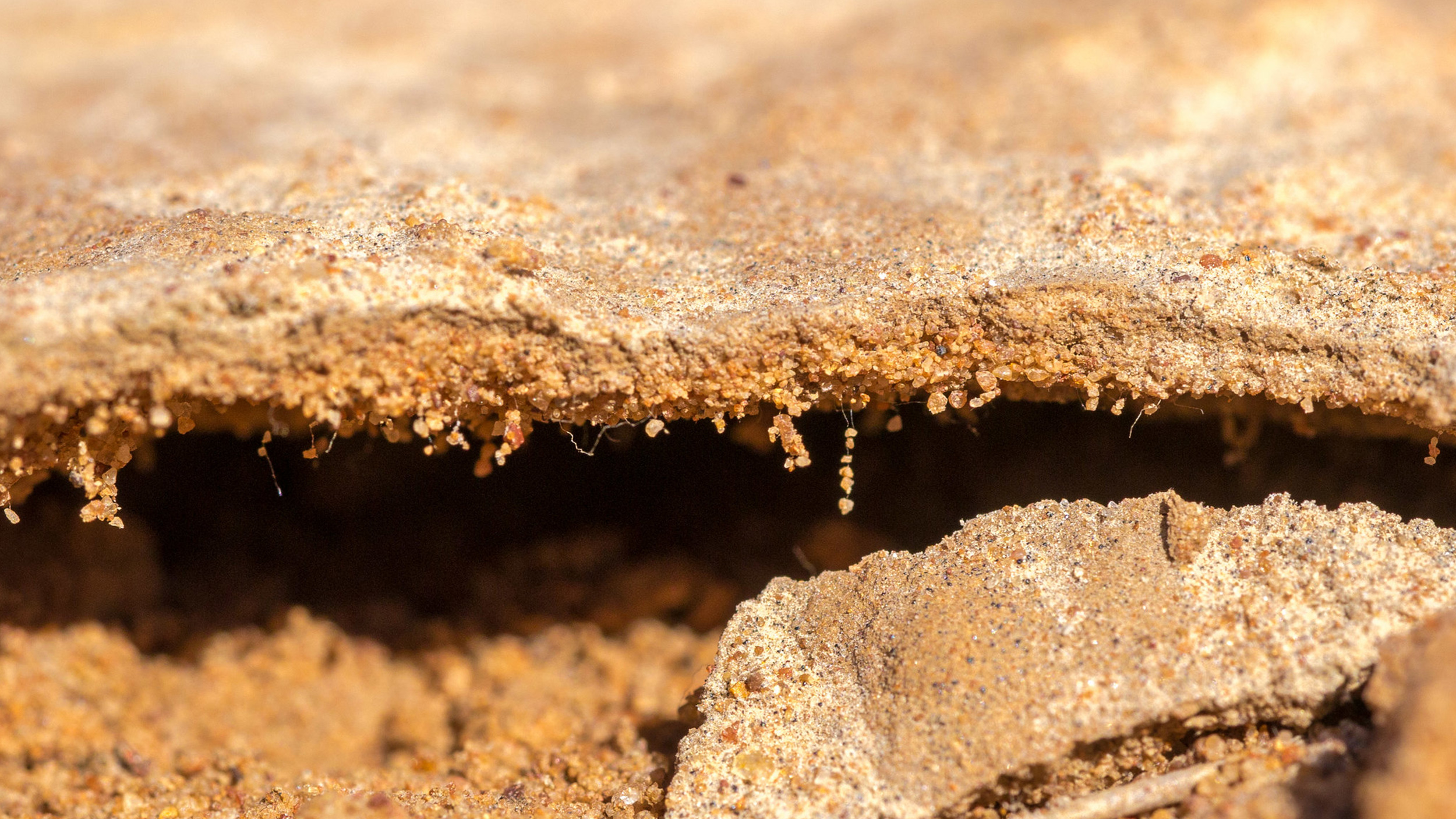Archeologist and entrepreneur Larry Coben describes how he was able to spend very little money, enhance preservation and create an enormous community benefit in a Bolivian village.
Larry Coben: Any time you’re looking to achieve a goal you need to look at the risk/reward calculus. I can certainly preserve any archeological site in the world if you give me enough money. I'll build Fort Knox around it and make sure that no one gets in, but that’s hardly a good risk/reward calculus. I’d be spending a ridiculous amount of money for very little preservation and no community benefit.
In this particular case we were able to spend very little money, enhance preservation and create an enormous community benefit. The site was called Inca Yocta. It’s located about 100 miles east of Cochabamba, Bolivia, which is the third largest city there, so it’s truly in the middle of nowhere at an altitude of about 10,000 feet. I would talk to the community time and time again about not growing crops on this site and not grazing cattle at this site, not playing soccer at this site and I was not able to stop them.
Out of desperation I put up a gate five miles away from the site in consultation with the local community. I said to the community if a Bolivian comes through, charge them nothing, but if a foreigner comes, charge them $10 and this is an area where the per capita income was probably $100 per year and they looked at me like I was crazy, that nobody would pay $10 to look at these rocks, but I knew that a tourist who had rented a guide and a taxicab or a car and had driven 200 miles, would certainly pay $10, and I said I will even pay for the gate. It cost $50 and we put the gate up and the first week four tourists came, so we collected $40.
The next week four more came, so we actually had a complete return on investment in a week and a half. I wish I could do that with all of the transactions in which I enter. More importantly, the community began to look at the asset differently. They stopped growing crops and paid people not to grow crops there. They stopped grazing and using it. It became not just an important part of their past and history, which they knew, but this site had relevance to their daily lives, not just intangibly, but tangibly a real economic benefit. As a result I formed the Sustainable Preservation Initiative to try to change the paradigm of the way archeologist deal with communities and preserve their sites. Traditionally it has been about repairing walls and consolidating them and it’s to change the attitude to focus on people and not stones.





